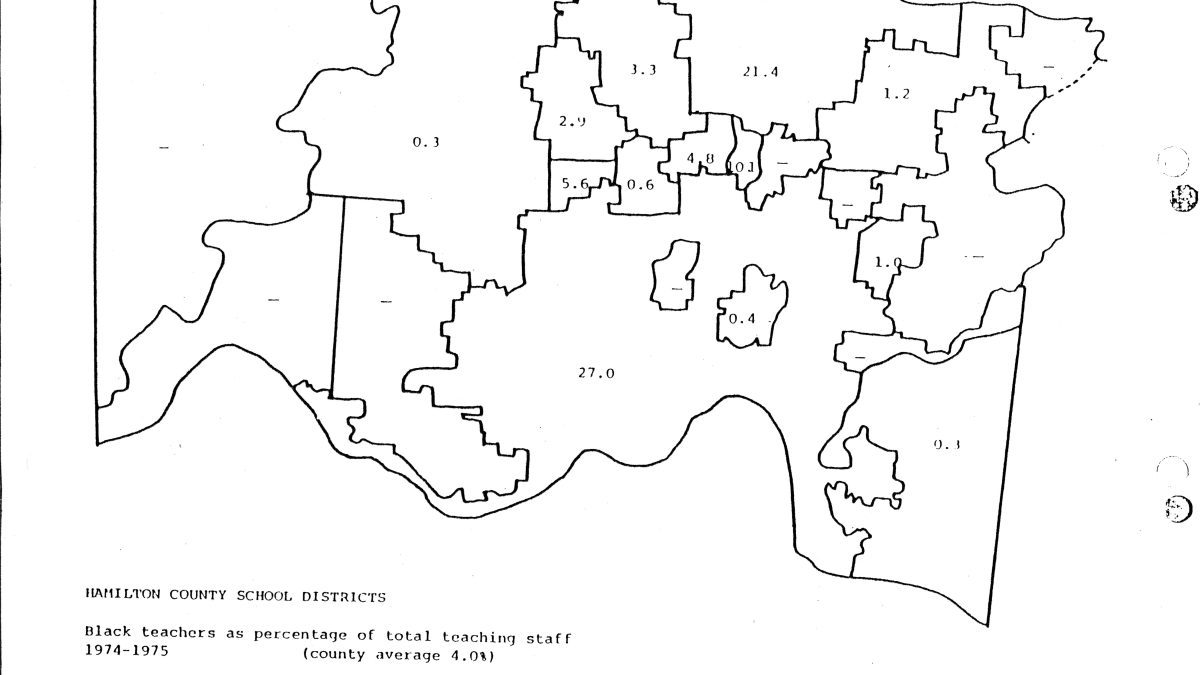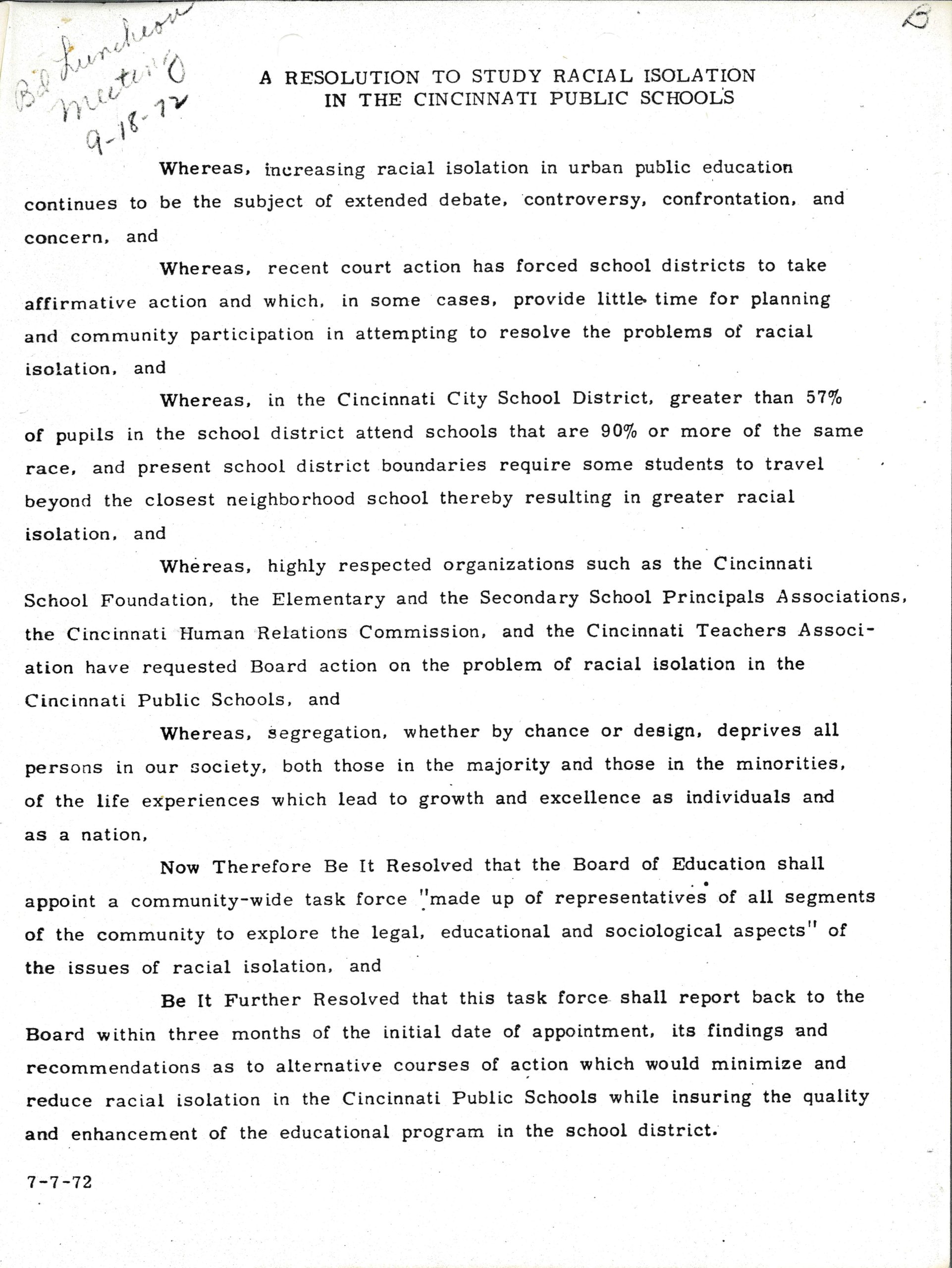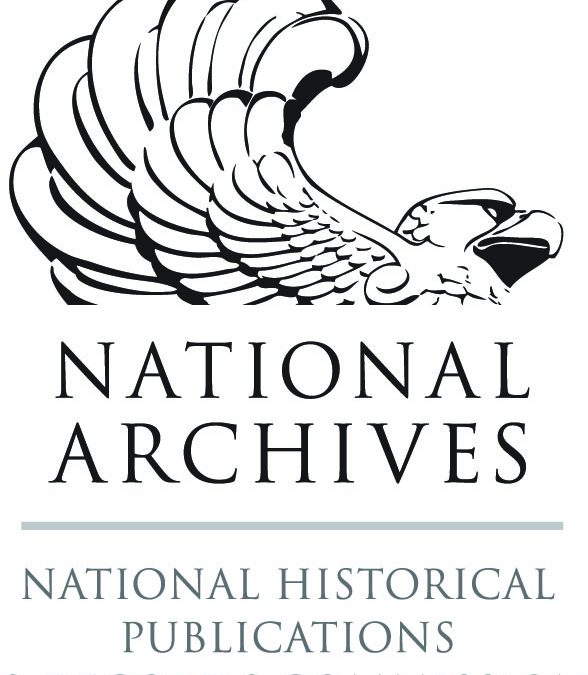Last November, the University of Cincinnati Libraries announced the award of an Archives Grant from the National Historical Publications and Records Commission to the Libraries’ Archives and Rare Books Library (ARB). This grant supports the archival processing of records related to the lawsuit Bronson v. Board of Education of the City School District of the City of Cincinnati maintained by the local branch of the National Association for the Advancement of Colored People (NAACP) and donated to the University of Cincinnati in the 1980s.
Before and during Bronson v. Board, there were several local organizations working towards education desegregation. These groups included committees, religious groups and nonprofits. The Cincinnati NAACP’s records related to the lawsuit include many examples of the different ways in which these organizations worked towards desegregation as seen in Community Notices, Exhibits, Research Materials and Attorney’s Work Files series housed within the Bronson v. Board records. Listed below are some of the different organizations and their impact.
- Cincinnati Human Relations Commission (CHRC) – The Cincinnati Human Relations Commission was established in 1965 by the Cincinnati City Council and advocated for (and continues to this day) the equality of all. CHRC had an education committee which consisted of school principals, staff, and others interested in student matters. Their actions included surveying students, conducting research, sponsoring activities for students and parents and meeting directly with the students, parents, teachers, community councils and the Cincinnati Board of Education. Educational topics of concern by CHRC were school boundaries, boycotts, student transfers and quality integrated education. Materials related to CHRC can be found within several series of the Bronson v. Board collection.
- Committee of 50 – The Committee of 50 was a local organization founded in 1975 to create discussion among Cincinnati’s Black leaders on issues facing the community such as race, voting and housing. Local civil rights activists, former mayor Theodore Berry and Marian Spencer were members. Berry represented the organization when addressing the Cincinnati Board of Education to end the Bronson v. Board lawsuit out of court and over the 1977 school tax levy. Information on The Committee of 50 can be found within the collection’s Exhibits series and Community Notices series.

- Metropolitan Area Religious Coalition of Cincinnati (MARCC) – The Metropolitan Area Religious Coalition of Cincinnati is an interfaith organization founded to bring together Cincinnati religious groups to discuss current issues. One of the projects undertaken by MARCC was collecting data on the racial composition of students in Cincinnati and suburban school districts throughout the 1970s and 1980s. They published that data in their monthly newsletters with maps. Many of their datasets were used as Exhibits during the Bronson v. Board case. They also held public seminars on racial isolation, held council meetings, and addressed their concerns to the Cincinnati Board of Education.
- Neighborhood groups – Many neighborhood groups such as neighborhood associations and community councils spoke out against discrimination when it came to school closings, school consolidations, new school construction and redistricting. These included but are not limited to the Kennedy Heights Community Council, the North Avondale Neighborhood Association and the Walnut Hills Community Council. Neighborhood groups are mentioned in the series on Community Notices, Housing and Exhibits.
- School Foundation of Greater Cincinnati – The School Foundation of Greater Cincinnati is a nonprofit organization that supports local education by bringing awareness and starting conversations about urgent educational matters to the community. Their research on integration, alternative programs and how school boards operate can be found within the Bronson v. Board Community Notices series.

- Task Force to Study Racial Isolation – The task force was organized by the Cincinnati Board of Education in 1972 to create a forum for community members to study issues of racial isolation in the Cincinnati schools and to recommend solutions to help relieve these issues. In its report, the task force recommended that the board and superintendent have a plan of action to desegregate the schools which would be managed by a director and a community advisory committee. The task force also suggested that the board take a public stance on the matter and focus efforts on obtaining funds from the state and federal government to desegregate. Three alternative plans were recommended, and the required steps were elaborated on in the report. The first alternative plan received the most votes for by the task force members which focused on having at least 30% minority representation in each school and for the board to provide equal educational programs to each school. Records of the task force can be found throughout the Exhibits and Community Notices series.
This project has been made possible in part by grant RH-104772-24 from the National Historical Publications and Records Commission (NHPRC). Any views, findings, conclusions, or recommendations expressed in this blog post do not necessarily represent those of the NHPRC.

